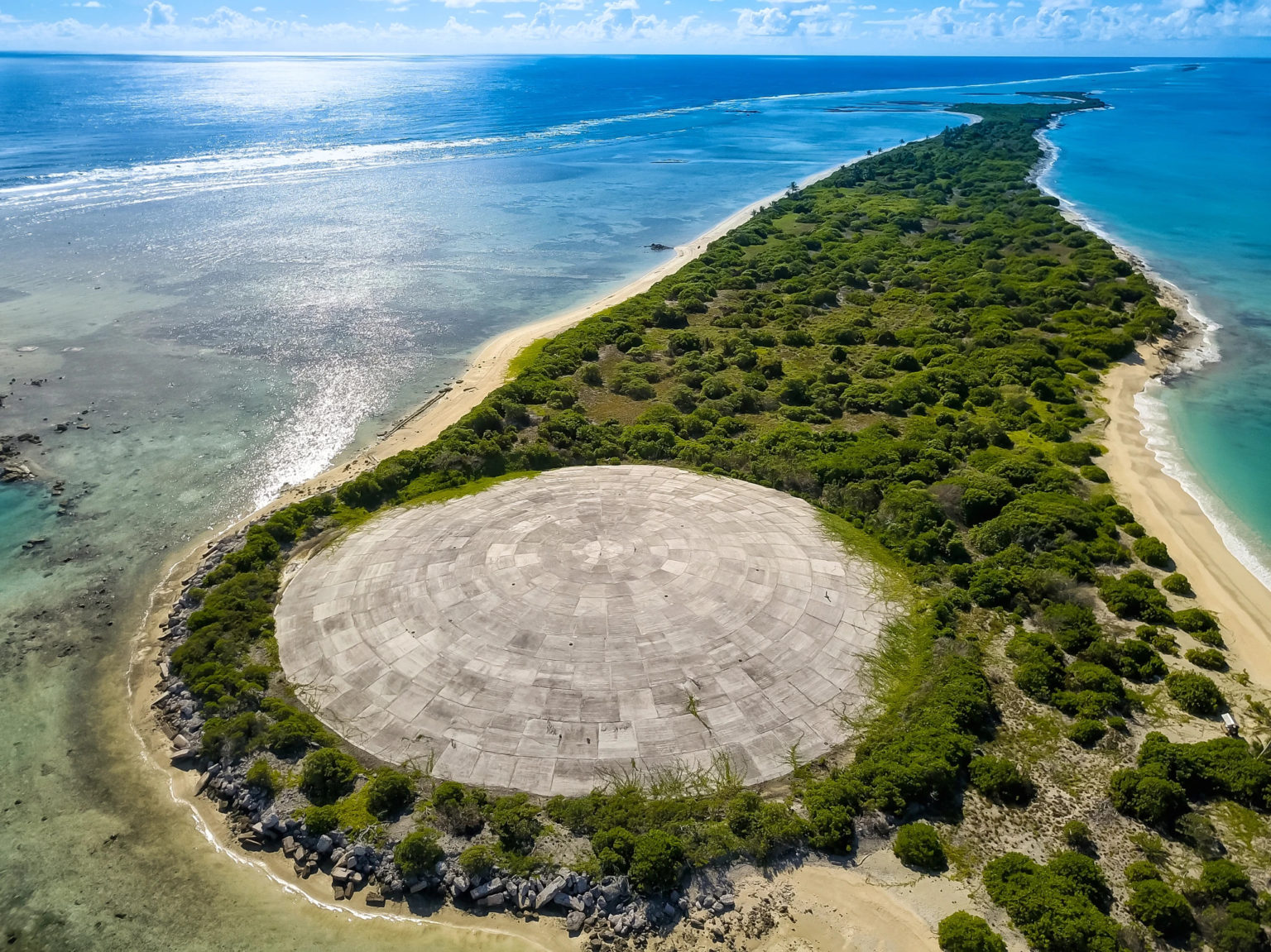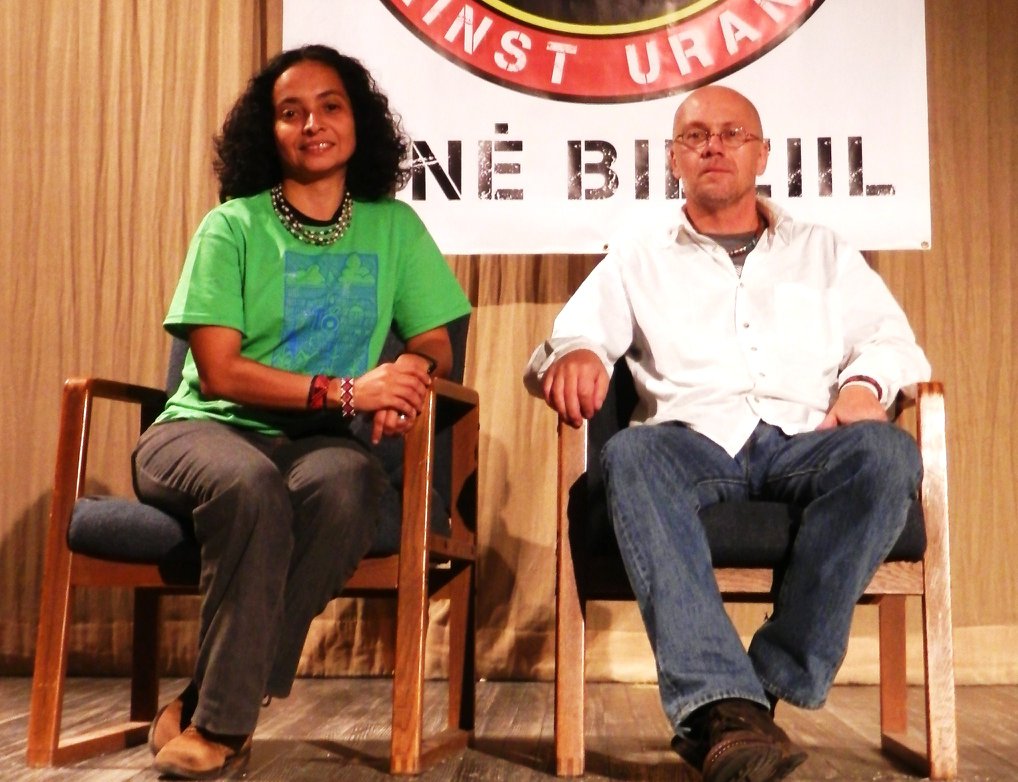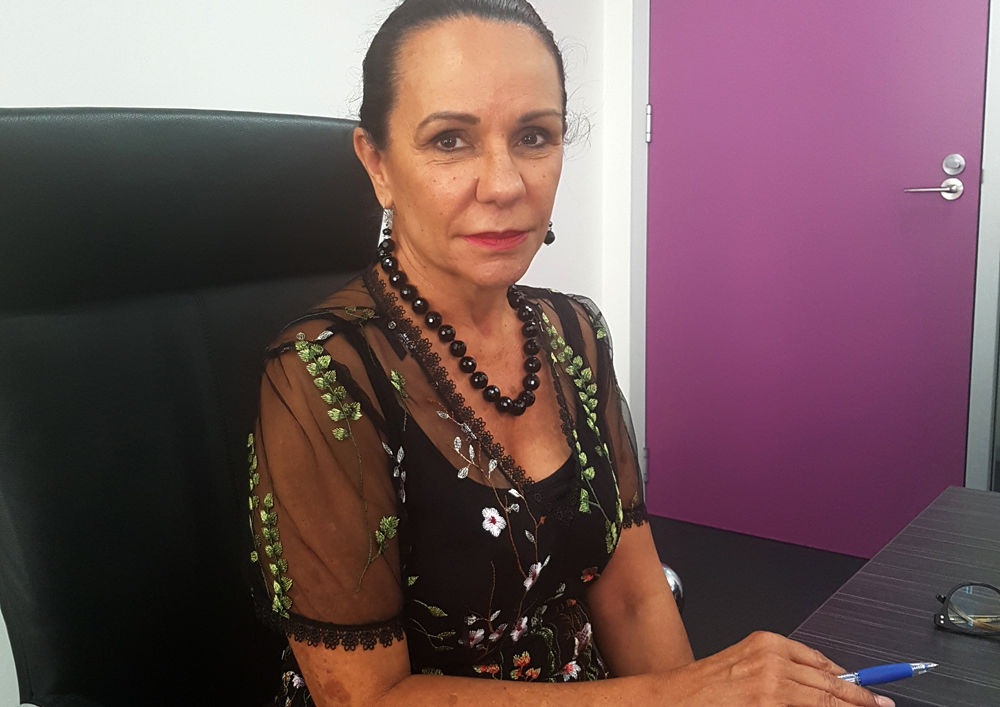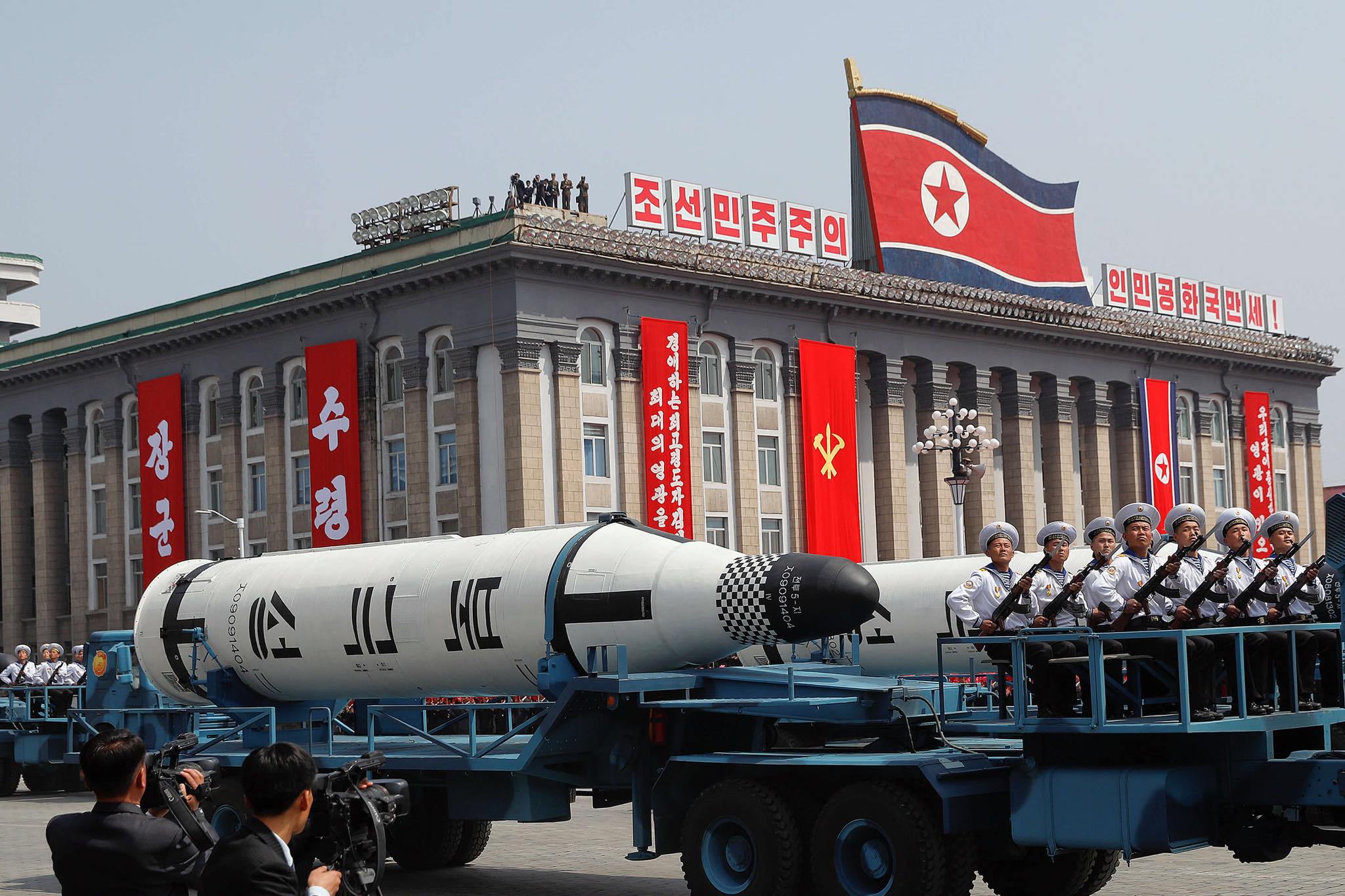The Uranium Film Festival arrives in May in Rio de Janeiro to show atoms covered truths
- The atomic war, damage caused by uranium mines, waste from nuclear power plants, the nuclear industry capable of resisting climate change… The film festival 'Uranium Film Festival', in Rio de Janeiro, Brazil, from 19 to 29 May, will show films that deal with these and other components and perspectives of atomic energy. Movies dedicated to fiction as documentary to the greatest risk of human civilization.

Is the 11th Uranium Film Festival to be held in Rio de Janeiro this May?Very much to believe the old anti-nuclear journalist and militant Claus Biegert (Germany, 1947) from Berlin, creator of the Awards for the Nuclear-Free Future Awards.
In presenting the European Film Festival in Germany in April, Biegert spoke of: “I have presented the Uranium Film Festival with pleasure because I have witnessed its strengthening. This festival fights the olvido.El problem of nuclear is not that we are not informed by them alone, that is the side of the bill; the problem is that when we know things we also forget them immediately. It is very important to find an end to the nuclear era. Human beings start nuclear and it is up to us all to put an end to it. It's a thing, how. (…) So when I met Uranium Film Festival in 2010 I thought: ‘To, we’ve already taken a step!’ This festival does not happen like the popular movements, which are fighting to move forward, no: these have already touched a roof. I mean, they've achieved a level, a format, and now what they need is to reach people."

The Uranium Film Festival (in Portuguese called Urânio em Movi[e]mento) was founded in 2010 in Rio de Janeiro, Brazil. Journalists Suchan and sociologist Marcia Gomes de Oliveira. Suchan (Germany, 1963) is known in Brazil for his work in investigative journalism on environment, human rights and science since the 1990s; he has gathered in books, photographs and films what from Northern Ireland to Palestine was seen and lived among the people of the Brazilian jungle.
In the area of the antinuclear organization Beyond Nuclear International, Linda Pentz Gunter tells in a chronicle that a strange idea has become a great success when Norbert Suchan first found it a very cracked guy, with his polluting optimism: “He told me that he had to launch a film festival composed exclusively of films about nuclear energy and atomic war that moved around the world. (…) I thought that, having given repeated occasions such as Dr. Strangelove and Godzilla, he would be left without material, because… how many movies could there be there on such a dry and secret subject as nuclear energy? Who would like to go and watch disappointing films about nuclear war? I didn't have to last long, I thought. That’s why sometimes there seems to have been so much sweeping joy.”

The first film festival in Rio passed in 2010 and in 2011 the serious accident at the Fukushima power plant showed citizens all over the world that the serious risks of the atom remain there, although nobody mentioned them. Since then, after being also held in Rio de Janeiro and Germany in 2011, each year they have managed to complete the festival and spread it around the world: Germany, India, USA, Canada, Jordan, Portugal, Spain (Almería 2020), etc. They have done so twice in the US, in 2013 and 2018, offering visits in several cities and especially in the lands of the people of Navajo, in Window Rock; the Navajo have suffered in their lands and on their skin the wounds caused by the U.S. nuclear industry seeking uranium and the military explosion to test atomic weapons.
In the 2022 edition, from May 19th to 26th, Brazilians will be able to see the treasures of this festival at the Museum of Modern Art in Rio de Janeiro. The rest of the mundane will have the opportunity to see it from the Internet and free during those days. As in previous occasions, among the 41 films selected, one can see some of the most varied genres: documentaries, experimental, cartoons, thriller, science-fiction, comedy, horror, humor… It is possible to see some prominent propaganda of the nuclear industry, which the organizers do not ignore if it serves to bring the topic to the table. It is worth highlighting some of the listings they have offered in the programming.
One of the stars will be Atomic Cover-up (EE.UU. 2021), titled Atomic Hideaway or a documentary that we can translate into Euskera the coated Atom, in which Greg Mitchell shows a hidden image of the damage of the exploded atomic bombs by the Americans Nage Hiroshiman. In May 1945, the day after the explosions, two teams rolled shatters, a team from a Japanese news chain and an elite team from the U.S. Army, who had already received color images of destruction and burns and other terrible human wounds.
However, General Arthur McArtur named and hid top secret images and for decades they have been secuestradas.Mientras, the nuclear industry lived its golden age and the atomic arms race added the US and the Soviet Union other countries to the competition. Mitchell has managed with Atomic Cover-up to show people many of these censored images. Images that can cure the temptation to underestimate the nuclear risk we live in the new wars of 2022.
Sea Gypsies: The plutonium dome (Gitanos del Mar: The dome of plutonium) will be another documentary that will surely succeed. A family living through the seas on a sailing boat visits the Marshall Islands, sacrificed in the Pacific for the American army to test hydrogen atomic bombs: On average, in 12 years, they received as many radioactivities daily as a bigger bomb than Hiroshima. The twenty-first century erratic sailors will reach a dome where the Yankees covered with concrete the remains contaminated with plutonium in one of the islands. An exciting testimony you can already see on the Internet.
Atomic Refugee Moms (Atomic Refugee Mothers), the Japanese of Miya and The Invisible Island are films that report the stains of Fukushima's accidents among their inhabitants and especially among those who cannot return home. In France, Peur à fleur de peau (The fear of the bones) has developed, which links the serious problem that exists today in Fukushima with radioactive waste and that which lives near the atomic waste treatment plant at La Hague in Normandy.
Another series of films talk about uranium mining.
In Bretagne radieuse (irradiated from Brittany) its inhabitants tell of the pollution the old mines have left in their lands and houses. In L’Uranium de la colère (The Cursed Uranium), today in Niger, the uninhabitability of the territories which extract uranium mainly to feed the French nuclear power stations is reported. And there's more of this string about cases from Greenland, Canada, Namibia, etc.
If the reader prefers to look at the nearsightedness of the atom with a bit of cynicism, the geek around the world practices all kinds of non-legal adventures in its post-apocalyptic place, in Stalking Tchernobyl (In concealment, Chernobyl). On the contrary, if you like real fear, you are presented at the Festival with the most realistic episodes of the science fiction series World War 4. Good profit!




















